If you’ve recently shopped for new kitchen countertops, you know firsthand how many options there are today. For most people, the choices often boil down to granite or quartz. Two out of five homeowners choose one of these two surfaces, often for durability and easy cleaning. If you, too, have whittled it down to granite or quartz, here’s a quick way to learn all about their pros and cons.
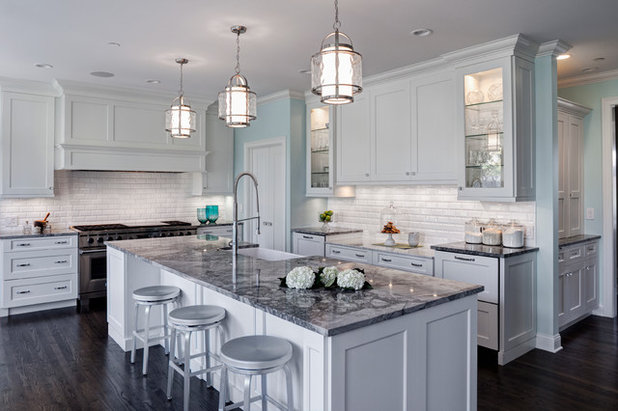
GranitePro: It has longevity. Quartz may be the relatively new kid on the block, but granite has had staying power. It is time-tested and has universal appeal. Sure, certain colors may look dated in a decade, but you generally can’t go wrong with granite as a long-term investment. It almost always helps sell homes.
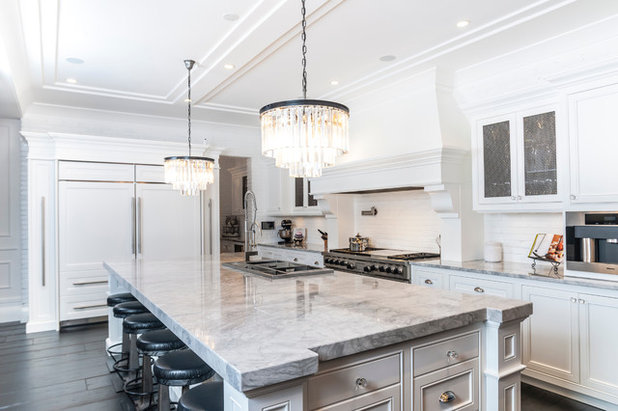
Pro: It’s available in wide slabs. Though granite comes in all shapes and sizes, it’s common to find slabs more than 70 inches wide. For comparison, quartz slabs are seldom larger than 65 inches wide and are most often about 56. Wide slabs are a huge benefit for kitchens with sprawling angles since they usually mean fewer seams. Some kitchens may need only one slab, which can cut costs.
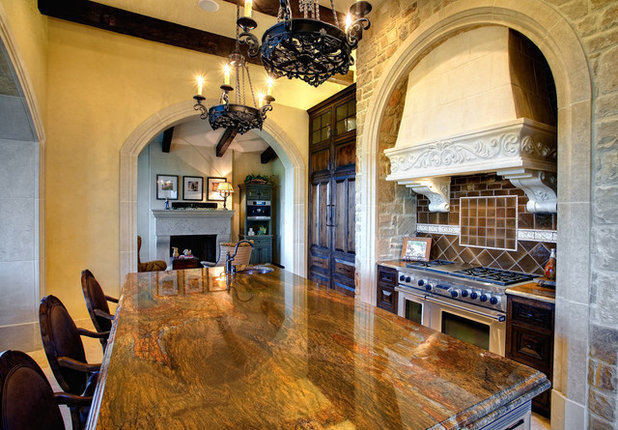
Pro: It costs less. If you’ve ever purchased an exotic granite, you’re probably chuckling at this one. But it’s true that granite has more bank account-friendly options than quartz does. Entry-level granite can run from $35 to $55 per square foot installed, which is significantly less than most quartz options. This price difference really adds up with larger kitchen spaces.
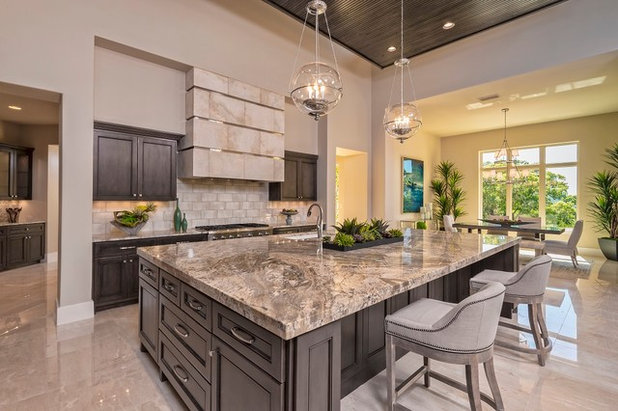
Pro: It’s a natural beauty. Jaw-dropping granite countertops don’t come from a factory. Granite is natural, and with that comes all sorts of intangibles a man-made product like quartz can never have, namely one-of-a-kind patterns and textures that you won’t see anywhere else. Every slab is unique, which really lets you personalize your kitchen.
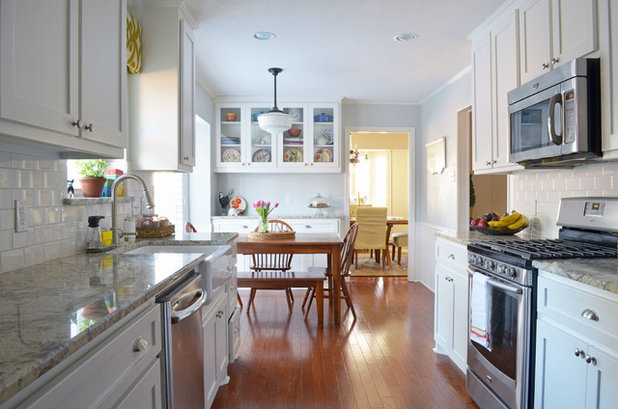
Con: It’s porous. Like other stones, granite isn’t naturally resistant to moisture. It’s best not to let spills and water rings sit too long since they can stain your granite. An engineered product like quartz can better handle long-term exposure to moisture, and most spills won’t require immediate attention.
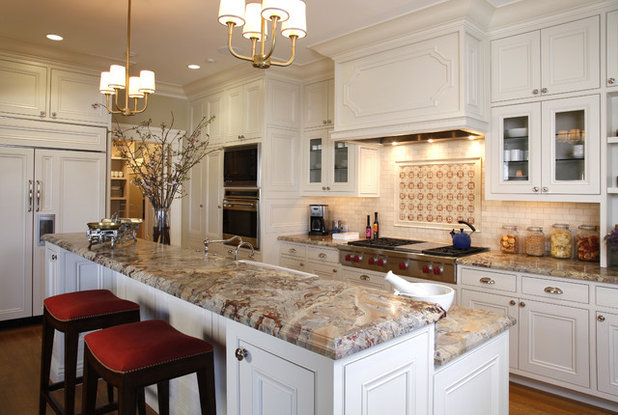
Con: It requires more maintenance. Granite isn’t necessarily a high-maintenance material — it just requires more care than quartz does. It’s important to be mindful of the detergents you use to clean it, as certain soaps can stain the stone. Because it’s porous, you also need to seal it regularly, a task that can become a nuisance for some homeowners. Depending on the product you use, it’s best to reseal your granite countertops every two to five years.
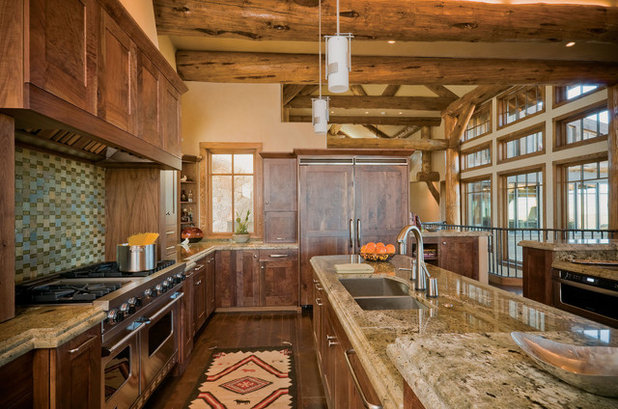
Con: There aren’t many “clean” styles. Granite has a lot of movement in it, from veins and swirls to spots and speckles. While this is definitely one of granite’s stronger assets, it’s also a drawback for homeowners who don’t want busy countertops. It’s almost impossible to find a clean, simple style without much patterning. If you’re looking for counters without much hoopla, quartz is likely the better option for you.
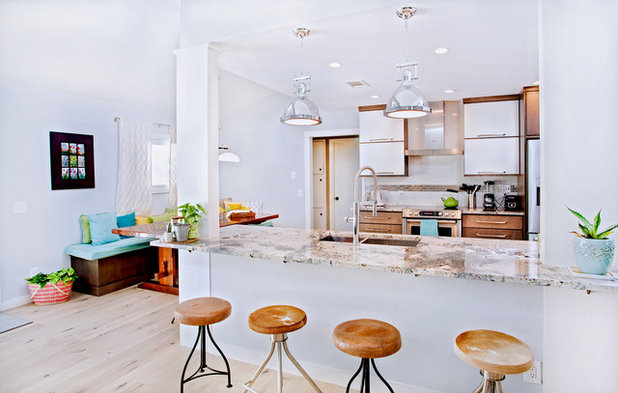
Con: It’s brittle. Granite is strong, no doubt. However, it breaks far more easily than quartz does. Breaks can occur in larger pieces with angles and turns during installation. Though most professionals offer to patch up the cracks or cover the costs of a new slab, it’s an extra headache that can set your remodeling project back several days to several weeks. Plus, no one wants to see an investment of several thousand dollars get split in half.
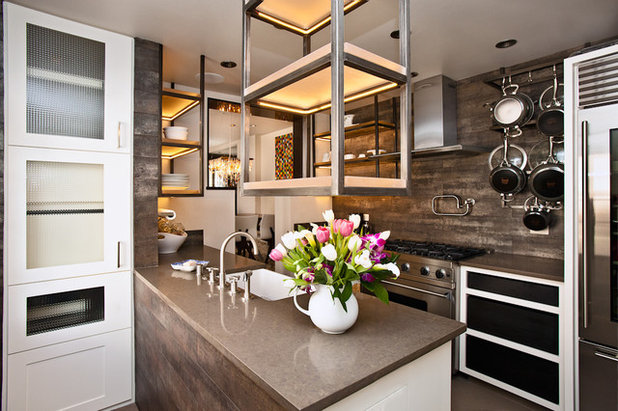
Quartz Pro: It’s low-maintenance. Quartz is well-equipped to handle most kinds of detergents, and all it takes is soap and water to remove most spills and stains. It doesn’t require sealing either.
Quartz does react poorly with certain chemicals, so always make sure to check your countertop manufacturer’s cleaning and maintenance guide before you use a particular product.
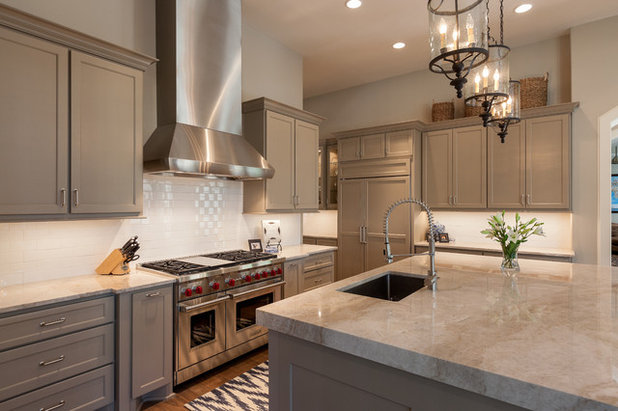
Pro: It’s stronger than natural stone. Quartz isn’t totally immune to scuffs and stains, but it’s about as scratch- and stain-resistant as countertops get. As an engineered product, it’s nonporous, so coffee, citrus juice, cooking oil and other common kitchen ingredients won’t stain it. The resins and polymers used during the manufacturing process form strong bonds that aren’t easy to break. You won’t have to worry as much about it cracking during installation.
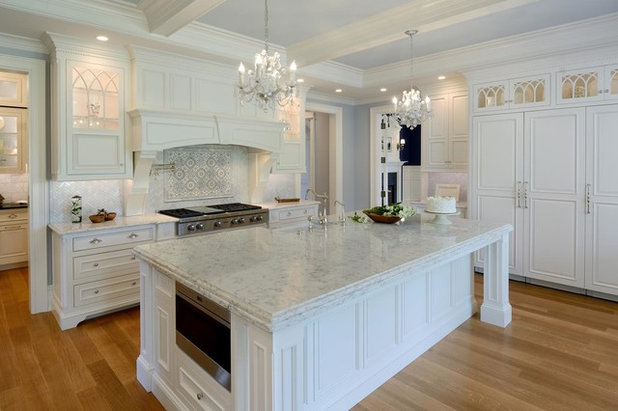
Pro: It’s in high demand. Whether it’s interior design’s shift toward clean lines or a desire for less daily upkeep, quartz is hot right now. It’s a huge selling point for home buyers, so it’s worth taking a look at for house flippers and soon-to-be sellers. If the quartz’s price is right, you could net a larger return on investment in the near future.
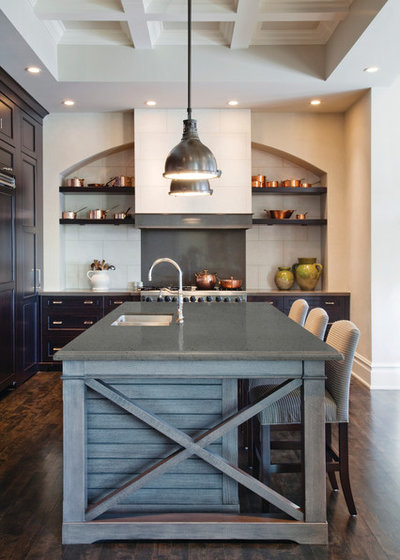
Pro: It offers consistent, clean styles. Solid, consistent coloring is quartz’s claim to fame. This makes it a natural fit in modern and contemporary spaces that emphasize form and function instead of details. It also works well in traditional spaces that need a clean countertop style to mesh well with other detailed features, such as backsplashes, cabinetry, decor and light fixtures.
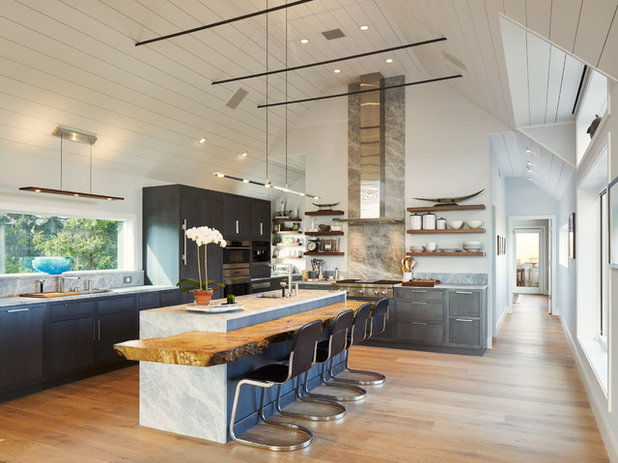
Con: It’s more expensive. If you’ve already figured out that less maintenance plus greater strength equals a higher price tag, kudos. An entry-level quartz usually costs as much as a level two granite (depending on where you’re located and where you’re buying the material from). While granite styles under $45 per square foot installed are plentiful, it’s difficult to find a quartz under $50 per square foot installed.
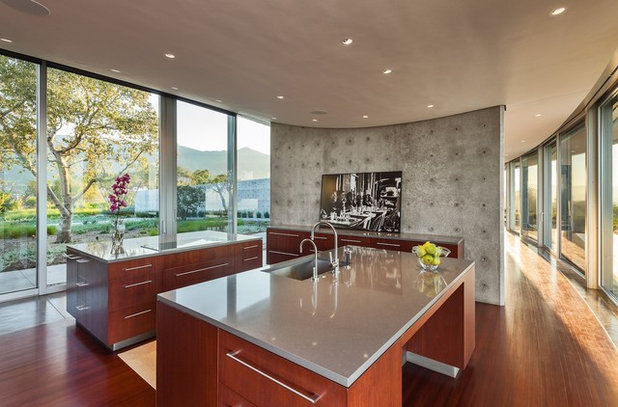
Con: It isn’t suitable for outdoor installations. This is one area where granite has the upper hand. While quartz is generally heat-resistant, it won’t perform well outdoors, whether it’s on an accent wall or in an uncovered outdoor kitchen. Its surface can fade and discolor after long-term exposure to sunlight. On the flip side, a natural stone like granite was born to survive sunlight and other weather elements with ease.
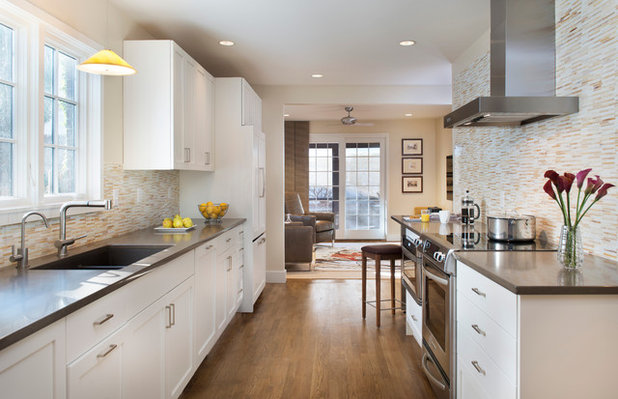
Con: Slabs of the same color always look the same. I’ll say it: Quartz is a tad cookie-cutter. Slab designs are predictable (which some homeowners like) and always look the same from slab to slab. In other words, you won’t ever have a truly unique countertop when it comes to quartz. If you’re wanting a one-of-a-kind work surface, it’s best to stick with granite and other types of natural stone surfaces.
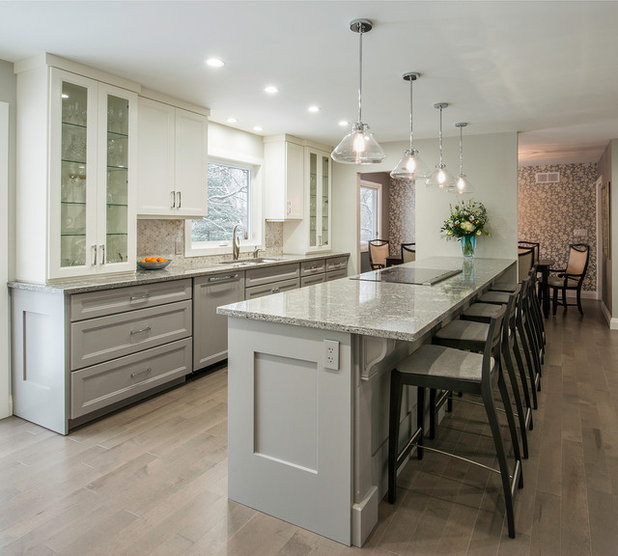
Con: It isn’t the real deal. As durable as quartz is and as innovative as manufacturing processes are becoming, it won’t ever be 100 percent natural, and that’s a deal breaker for a lot of homeowners. Granite’s natural beauty, sweeping swirls and gorgeous veining aren’t easy to replicate, even with today’s advanced machinery. Read about the pros and cons — and see great examples — of these popular kitchen countertop materials.

